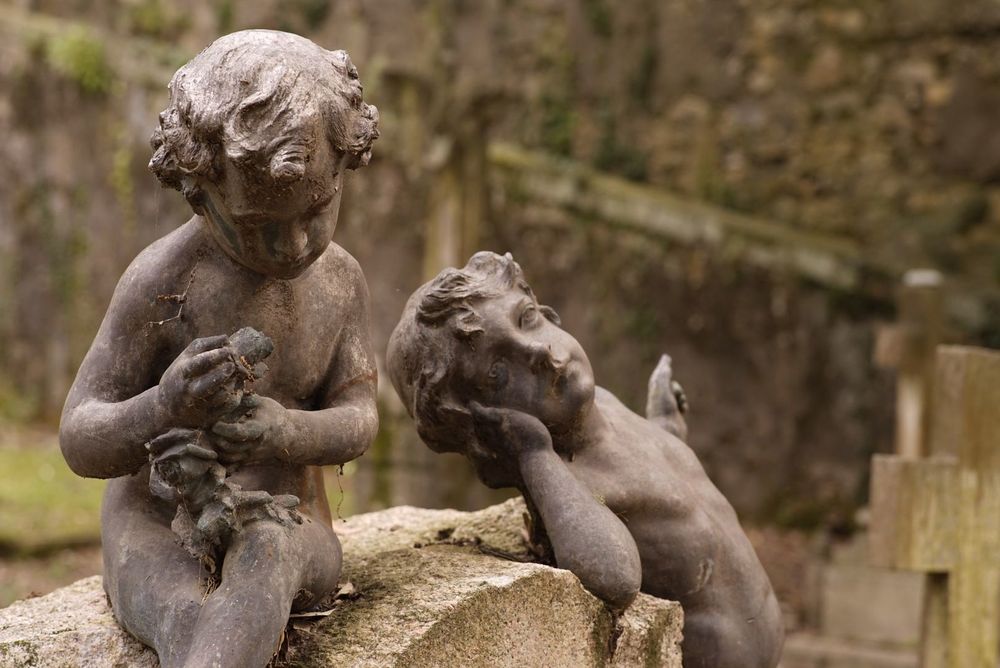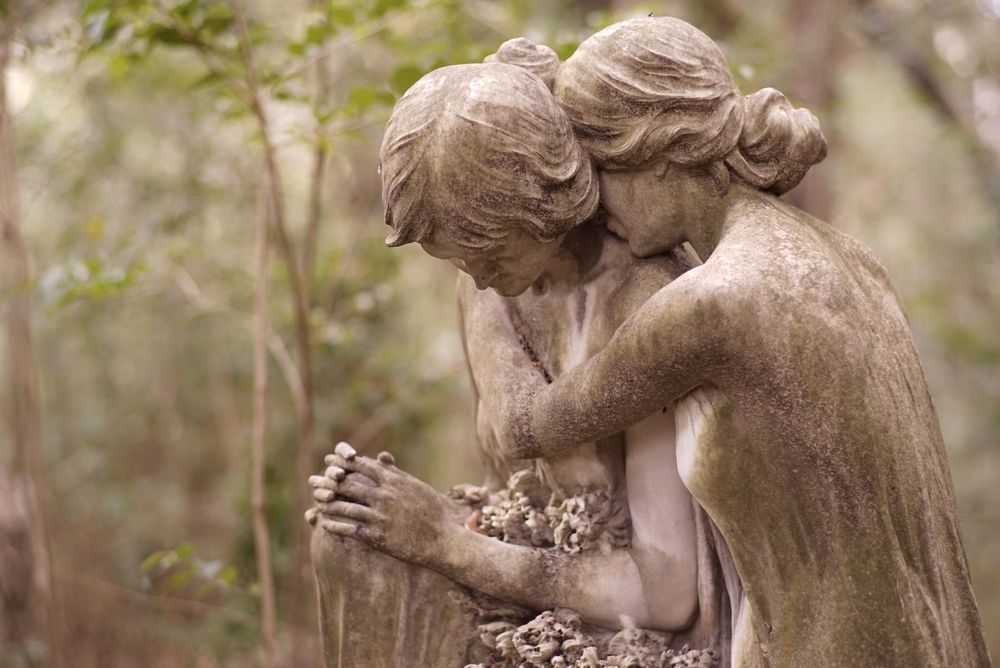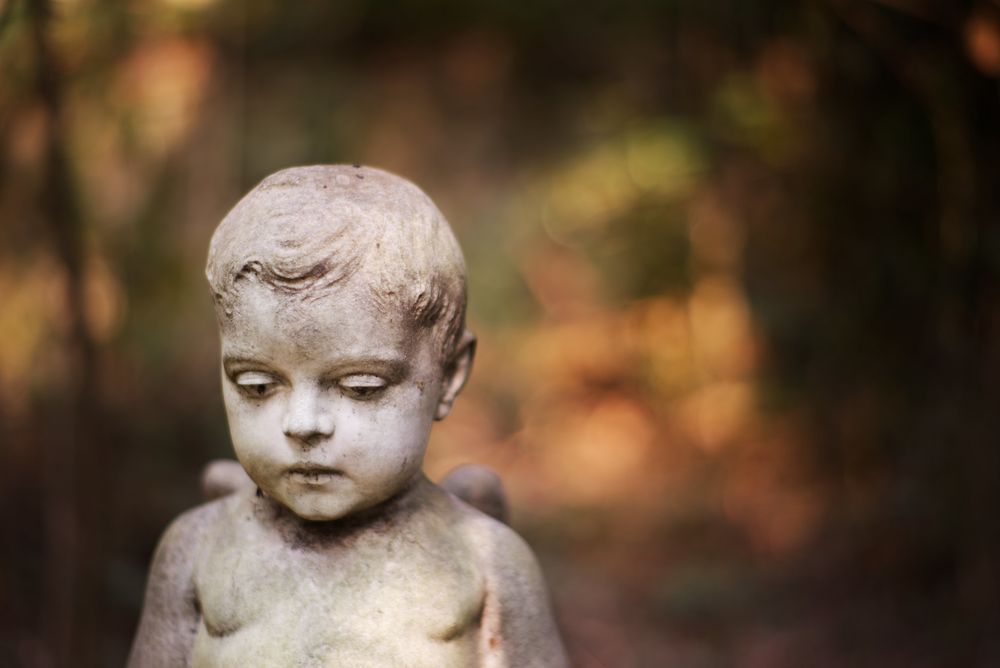The cemetery of Staglieno represents more than the dead.
It represents a confluence of movements that furthered the cause of the living.
This forbade burial of dead people in churches and crypts.

In its lieu, cemeteries made their way into urban landscapes.
It was designed by the city’s popular architect Carlo Barabino.
A fine work in Neoclassical style, the cemetery finally opened in 1851.

The art and design of the expanse mingled with the Realist movement that was evolving in the 1850s.
An orderly camposanto layout met with the wild style of boschetto irregulare here.
A quadrangular structure was accentuated by arcades and monuments that culminated into this central Pantheon.

Its lifelike statues of the deceased have garnered a reputation as the talking statues over time.
There is now a British and Jewish cemetery each on the grounds as well.
The former is populated by graves of Commonwealth servicemen.

The Memorial to the Fallen of the First World War was added after the passing of the war.
The cemetery soon became a tourist spot riddled with guided tours and curious travellers.
Being buried here was a status symbol and visiting an atrraction.

The sculpture showed a family grieving on the death bed.
Believe it or not, the cemetery was also a beloved spot of Nietzsche for philosophical discourse.
References#Staglieno.Commune#Atlas Obscura



